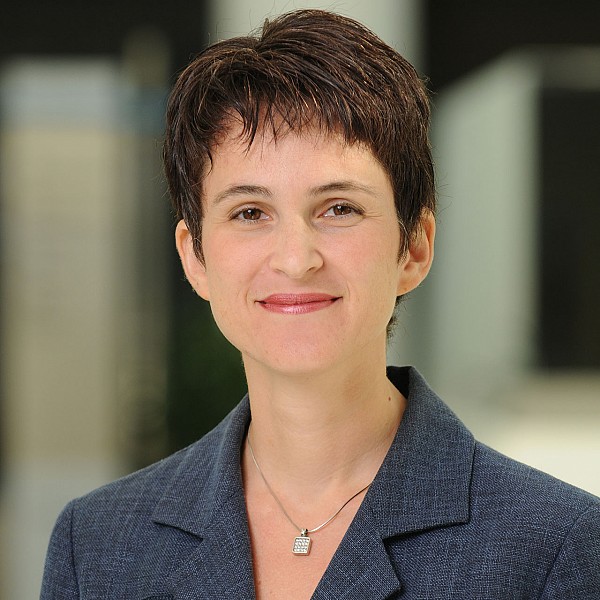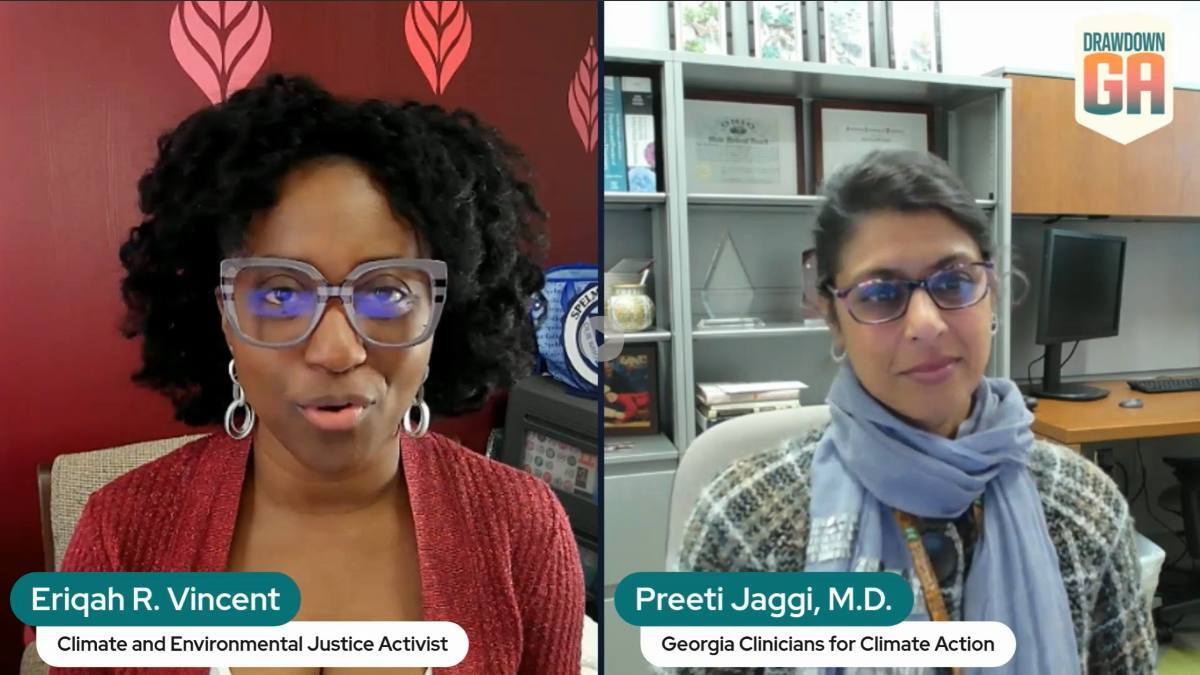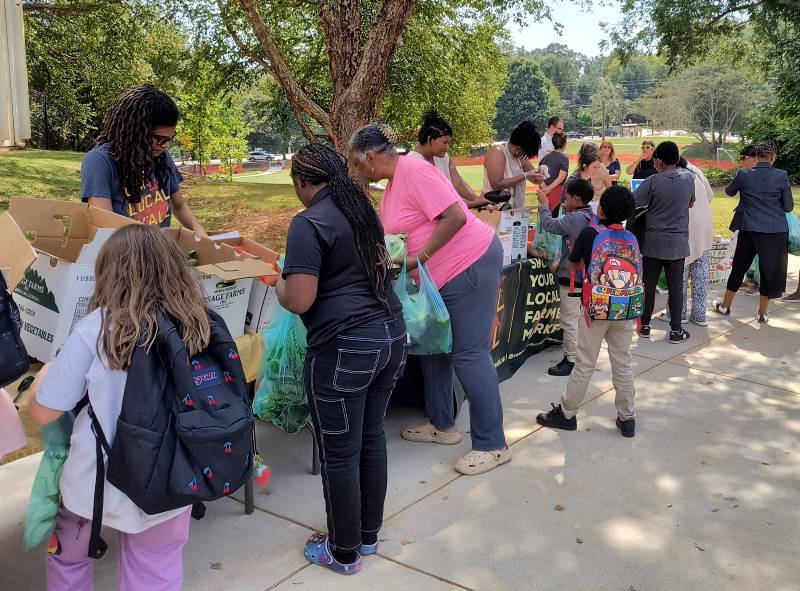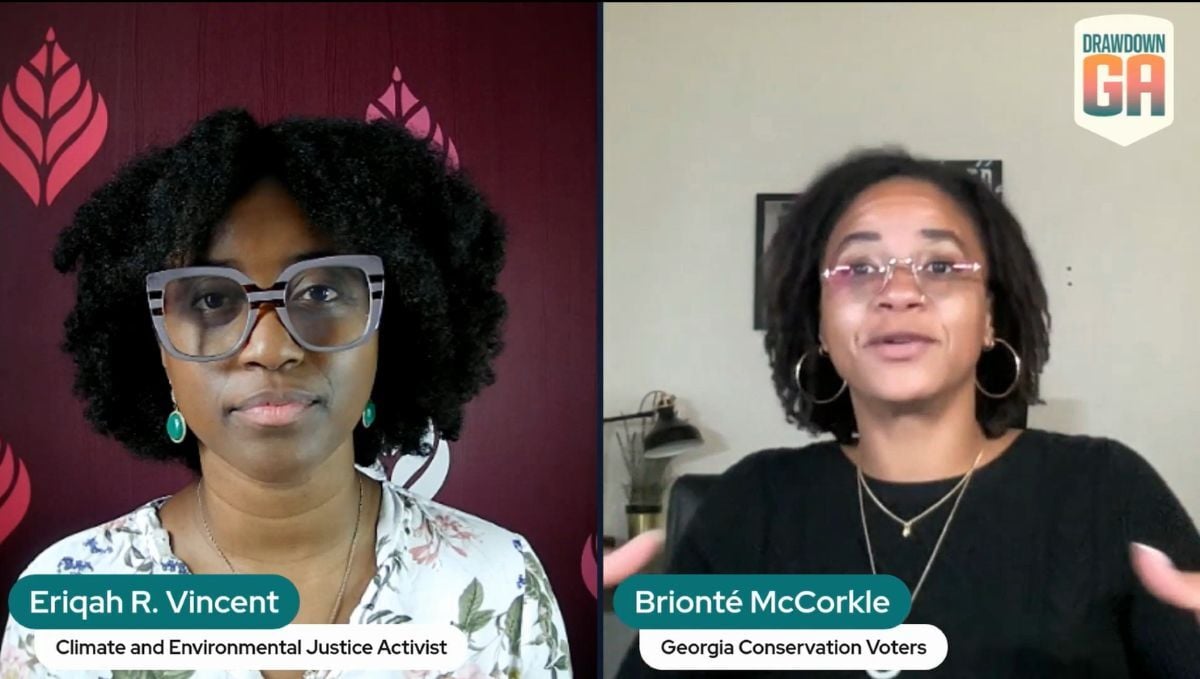Climate change has impacts beyond weather and global warming: it worsens social inequities, threatens economies, and negatively impacts public health. The 20 Drawdown Georgia climate solutions would also have impacts (largely positive) beyond their ability to help us reverse climate change. In this post, the members of the Drawdown Georgia research team's "Beyond Carbon Working Group" — Beril Toktay, David Iwaniec, Michael Oxman, and Laura Taylor — examine why these considerations are so important and offer examples of expected impacts.

Why Beyond Carbon?
Drawdown Georgia aims to build a movement in Georgia to accelerate progress towards net-zero greenhouse gas emissions and along the way, to improve the quality of life for all Georgians and the communities that we call home.
By now you know that the starting point of Drawdown Georgia was to identify high-potential solutions — those with high carbon reduction potential and best economic viability. This analysis was important for the project to be grounded in reality, in what is doable. At the same time, we know that movements that catch on and have staying power are those that resonate with individuals at a personal level. So it was essential to be ready to answer questions citizens of Georgia would be asking about Drawdown Georgia:
- Will Drawdown Georgia solutions improve my family’s health and well-being?
- What do they mean for my community?
- Will they create better jobs?
- More green space?
- Less pollution?
- Who is going to benefit from the upside?
- Who might be left behind?
- Will they exacerbate existing inequities, or will they help dismantle them?
- What are the best ways to implement them so there is as much upside for as many people as possible?
Four Beyond Carbon Implications
The “Beyond Carbon” subproject of Drawdown Georgia was born to answer those questions — for the organizers, and for the people of Georgia. Specifically, we analyzed four “beyond carbon” implications of Drawdown Georgia solutions: (i) creating new jobs and advancing economic development, (ii) improving health, (iii) conserving the environment, and (iv) advancing equity.
We combined a place-based approach, including input from the Partnership for Southern Equity and Southface, with peer-reviewed research and data analytics by Greenlink Analytics.
>> See The Why and What of Beyond Carbon
In a nutshell, here are some of our conclusions:
Direct and Indirect Public Health Benefits
Many of the solutions offer direct and indirect public health benefits such as reducing asthma rates. These benefits are largely related to projected improvements in air quality and emerge across most solution categories. Sustainable agriculture and food systems solutions offer benefits that impact quality of life, education, water quality, and public safety. However, there are potential trade-offs that need to be addressed, such as environmental issues from hazardous waste generated by solutions like EV batteries and solar panel disposal, and land use impacts associated with the expansion of public transit and other transportation infrastructure.
Equity Considerations
Equity considerations are largely those of access and affordability: Can all Georgians have access to and benefit equitably from solutions? There are, for example, racial and ethnic differences in rooftop solar adoption in the U.S., even after accounting for income and household ownership. How can we change that? Electricity rate redesign following large-scale residential PV penetration can exacerbate the energy burden experienced by lower-income households who purchase all of their electricity from the grid. How can we eliminate that inequity? Drawdown Georgia will need to adopt best practices to avoid these disparities.
Job Opportunities
Many solutions present job opportunities, such as for waste management personnel, solar installers, or home retrofit contractors. However, some jobs may be displaced by new technologies, so it is important to put in place job training and upskilling programs. It is also important to be thoughtful about who the new jobs benefit. For example, Georgia currently ranks below national levels in terms of the diversity of the solar workforce in both gender and race. As solutions are scaled, scaling positive economic impact equitably calls for enhancing diversity in the labor force and creating economic opportunity for minority-owned businesses.
"Beyond Carbon" to Accelerate Innovation
Fundamentally, transitioning to a low carbon economy will seed and accelerate new innovations—the engine of economic growth and renewal.
If implemented thoughtfully and in partnership across all relevant constituencies, Drawdown Georgia solutions can drive local economic and employment growth, bring high-skill jobs to our state, and create environmental and health benefits that make Georgia an even more attractive place to work and live!









